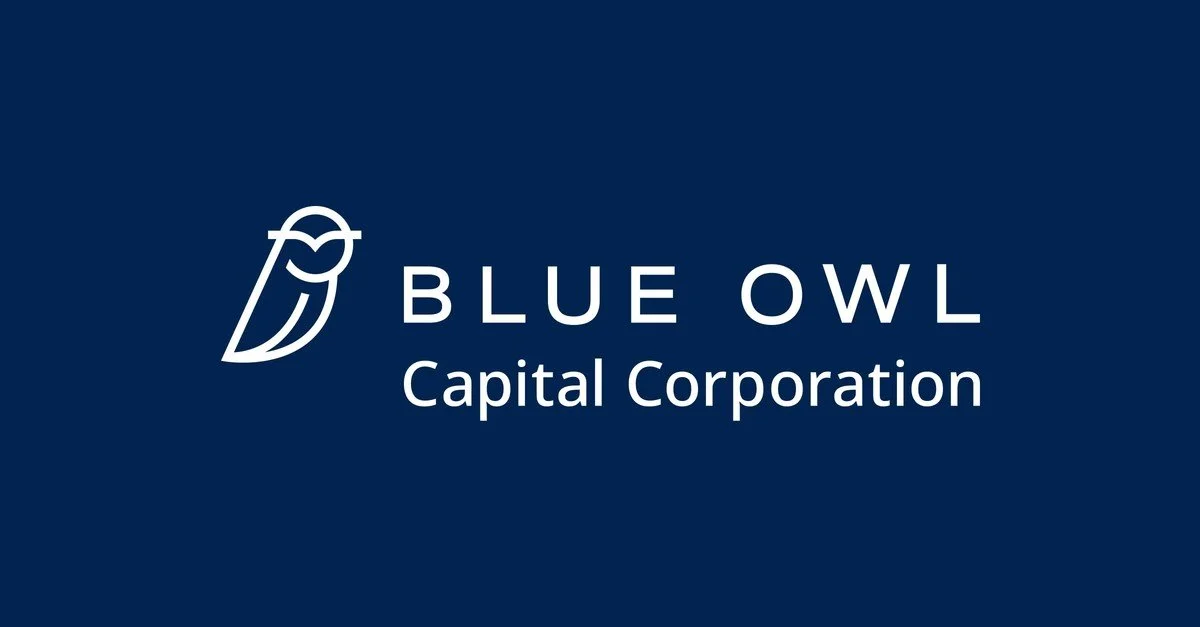MSI | Q3 2025
The content provided on this website, including any communications, posts, videos, social media interactions, and other materials, is for informational and educational purposes only. It should not be considered as financial or investment advice. Read our full disclaimer here.
Links
Link to Transcript
Link to Presentation
Link to 10-Q
Overview
Non-GAAP EPS of $4.06 beats by $0.21.
Revenue of $3B (+7.5% Y/Y) beats by $10M.
KEY Takeaways
Revenue grew 8% year over year, driven by 11% growth in Software & Services and 6% growth in Products and Systems Integration.
Non-GAAP operating margin expanded 80 bps to 30.5%, and EPS grew 9% to $4.06.
Free cash flow reached a record $733 million, and backlog hit a record $14.6 billion.
Demand for public safety and defense communications remains strong, with governments continuing to invest in LMR, command center software, and video solutions.
Silvus acquisition performing better than expected — now projected to deliver $500 million in revenue this year and grow about 20% next year.
Tariffs remain a $70–$80 million drag in the second half, but mix and efficiency gains offset much of the impact.
Federal government shutdown could delay some revenue recognition, though most business is at the state and local level and unaffected.
Command Center software grew 16%, and cloud-based Avigilon Alta is expanding more than four times faster than the rest of the video segment.
Full-year EPS guidance raised again to $15.09–$15.15; Q4 revenue expected to grow ~11%.
NOTES
Motorola Solutions (MSI) had another strong quarter in Q3, continuing the steady, predictable growth pattern it’s been on.
Revenue grew 8% from last year, powered by 11% growth in Software & Services and 6% growth in Products and Systems Integration.
With that, margins expanded again—up 80 basis points to 30.5% on a non-GAAP basis—and earnings per share came in at $4.06, up 9% year over year. Free cash flow hit a record $733 million, and the company ended the quarter with its largest Q3 backlog ever at $14.6 billion.
Underneath those numbers, the story is pretty straightforward: demand for public safety and defense communication systems remains robust. Governments continue to invest in land mobile radio (LMR) infrastructure, command center software, and video surveillance—all areas where Motorola dominates.
Silvus, the company’s newest acquisition, is off to a fast start too. It’s expected to generate about $500 million in revenue this year—higher than initial expectations—and should grow around 20% next year.
Motorola sees Silvus as a strategic move into mission-critical data, complementing its existing strength in mission-critical voice. The integration appears to be going smoothly, with executives highlighting strong cultural alignment, early defense contract wins, and new opportunities tied to drones, border security, and autonomous systems.
Having said all of that, the quarter wasn’t without some headwinds. Tariffs continued to be a drag, costing about $70–$80 million in the second half, but management said mix and efficiency gains more than offset the impact.
The ongoing U.S. government shutdown could delay certain federal projects, though most of Motorola’s business is tied to state and local customers and isn’t directly affected. If anything, management suggested any revenue pushed out of Q4 would simply show up early next year.
From the product side, the company is seeing solid traction with newer devices like the APX NEXT radio and the SPX body-worn “assistant,” which integrates AI-driven translation and reporting tools. The company’s software attach rates are climbing as more customers subscribe to APX NEXT applications—expected to reach 300,000 devices by the end of 2026.
That shift toward connected devices and cloud software is helping margins trend higher, and management believes that momentum can continue into 2026 even with tariffs persisting in the first half.
Motorola’s command center software also continues to gain ground, up 16% in the quarter, driven by AI-powered applications and growing adoption internationally. Video security revenue grew 7% as well, but the real excitement is in its cloud-based Avigilon Alta platform, which is expanding more than four times faster than the broader video segment.
Moving forward, Motorola raised full-year EPS guidance again to a range of $15.09 to $15.15 and expects Q4 revenue to grow about 11%. Management expressed confidence in sustaining high single-digit growth into 2026, supported by record backlog, continued margin expansion, and strong global demand for public safety and defense solutions.
If there’s a theme running through the entire call, it’s consistency. Motorola’s growth story isn’t built on flash or hype—it’s built on long-term contracts, mission-critical systems, and deep customer relationships that are hard to displace.
The company keeps finding new ways to layer software, AI, and analytics on top of that foundation, which is quietly turning it into one of the most reliable dividend growers in the industrial tech space.




Revenue of $1.88B (+4.4% Y/Y) beats by $10M. Non-GAAP EPS of $1.96 beats by $0.09.